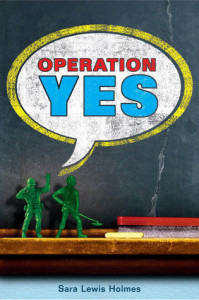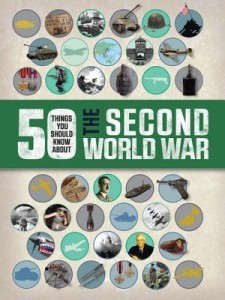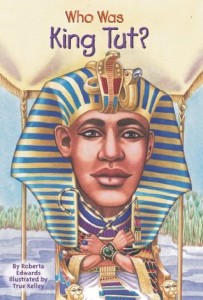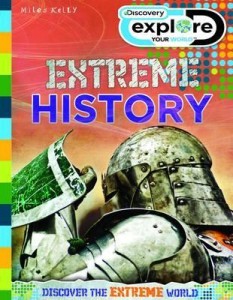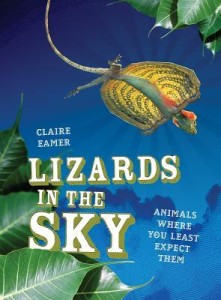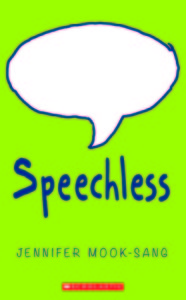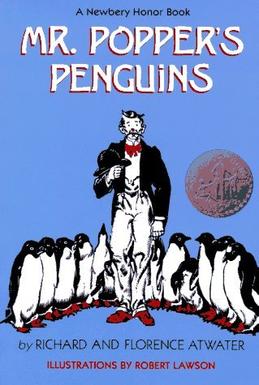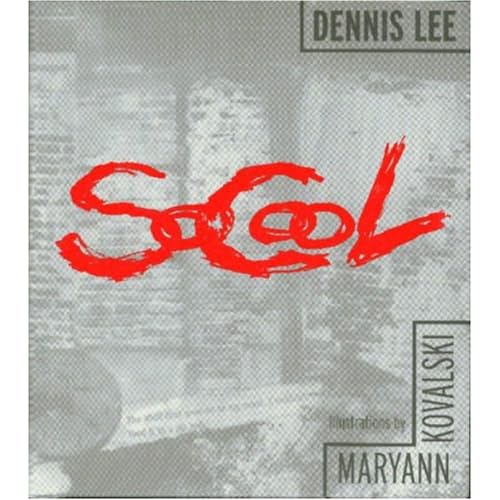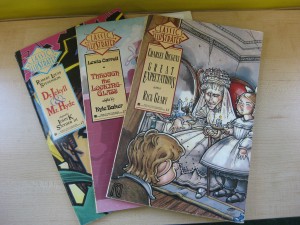I spent the week before school acquiring a selection of books from my favourite used book store to add some more variety to my classroom library. These books were not on my to-read list, but they will hopefully be enjoyed by the students once they are placed in my classroom library. If you are web surfing and looking for other reading lists, check out the It’s Monday, What Are You Reading? link.
Operation Yes, by Sara Lewis Holmes
Living and going to school on an air force base has disadvantages for Bo, the son of the air force colonel. It also does not appeal to Bo’s cousin Gari, who was forced to live on base after her mom becomes a nurse in Iraq. But when their kind teacher, Miss Loupe, is given some terrible news, her students unite to try and solve her troubles. This book had heart, and showed some realistic character development. It was an enjoyable read.
50 Things You Should Know About The Second World War, by Simon Adams
Starting from the rise of Hitler, and ending with the postwar world, this book provides an extensive timeline of World War II. It did not provide any new pieces of information for me, but its small, digestible, and easy to read facts would be an interest to several students.
Who Was King Tut?, by Roberta Edwards
This book allows its reader to learn about King Tut’s biography, as well as the world of Ancient Egypt. It gave me some small pieces of information I did not already know, and I’m looking forward to using this resource in our class’ Ancient Egypt unit.
Extreme History, by Stewart Ross
In the same spirit as the Horrible Histories series, this book gives brief facts about the crazy and weird parts of history. I’m hoping it will be a good addition to the classroom library for my reluctant readers.
Lizards in the Sky: Animals Where You Least Expect Them, by Claire Eamer
I enjoyed reading about the unique environments of various animals around the world, and learned several new interesting facts. I would recommend this book for the budding scientists or collectors of curious facts in the classroom.
Speechless, by Jennifer Mook-Sang
Joseph “Jelly” Miles really wants to show up Victoria, the class pet and perfectionist, at the public speaking competition. Winning a brand new tablet won’t be too bad either. But with his struggle for finding the right speech topic, as well as his own computer and relationship troubles, it may be difficult to show everyone his true self. This book was a quick read, and I found the characters rather formulaic. However, I can see how students would enjoy the events in the story and would cheer for the main character.
I send good wishes to all teachers, administration, and students heading back to school tomorrow. Have a great first day back!

